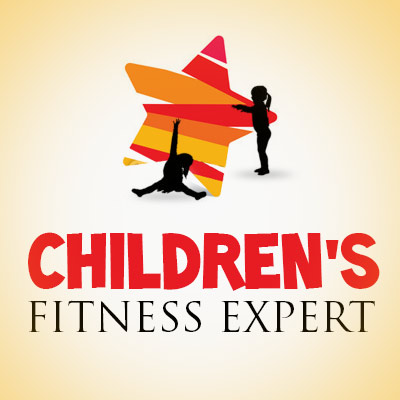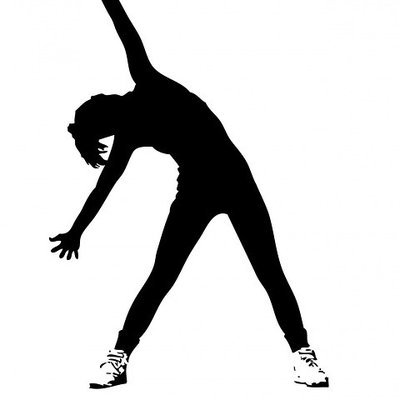 It is the end of the school day, the bell rings, children run out of the building laughing, screaming ready to play on the play structure. Some of them are being picked up to go to practice or play their games on the number of fields all across the country. The joy and excitement to be outside is often all that is needed for a good time. With so many children outside and playing on so many teams, the potential for injury is also real. The Center for Disease and Prevention estimates the rate of sport and recreation-related concussion to be between 1.6 million-3.8 million cases per year. This up markedly from the previous estimate made just a few years ago of 300,000 cases per year.
It is the end of the school day, the bell rings, children run out of the building laughing, screaming ready to play on the play structure. Some of them are being picked up to go to practice or play their games on the number of fields all across the country. The joy and excitement to be outside is often all that is needed for a good time. With so many children outside and playing on so many teams, the potential for injury is also real. The Center for Disease and Prevention estimates the rate of sport and recreation-related concussion to be between 1.6 million-3.8 million cases per year. This up markedly from the previous estimate made just a few years ago of 300,000 cases per year.
Why the difference? Being active has always had the risk of injury. With the growing number of children participating in sports and the increased availability of higher risk playground equipment such as trampolines, zip lines rope ladders and rock walls, the risk of injury has also increased. Injuries can happen at any time. This does not mean that these activities should not be allowed. They should have good supervision and proper evaluation and care should be made if a child gets hurt. More and more schools are training their coaches to learn the basic warning signs of concussion. Concussions occur with or without direct head trauma. The main action involved with concussion is a sudden change in velocity of the head along with some form of rotational force causing the brain inside the skull to have torque/rotational forces placed on it. Now for a little science. For the nerve to transmit a signal from one neuron to the next the body maintains a separation of charge between the outside and the inside of the cell by pushing sodium to the outside and keeping potassium on the inside. When a brain experiences the torque/ rotational injury this stretches the nerves cellular membrane slightly- causing a flood of potassium outside of the cell and sodium inside of the cell. This disruption in the brain’s ability to keep separate these essential electrolytes causes a slowing down in the nerve impulses between cells and the separation of one area of the brain to another. (I am simplifying this somewhat for illustrative purposes.) These changes cause the well-known and not so well known symptoms of a concussion, namely headache, nausea, vomiting, loss of consciousness, decreased fine and gross motor control and coordination, slowed processing of new information, short term memory issues, sleep disturbance and mood and behavioral changes.
Although not all children have all of the symptoms, they all need to be evaluated after a suspected injury and monitored for persistence and resolution of these symptoms. This is such an important issue that all 50 states have adopted child concussion laws addressing education, removed from play, and return to play as its three major components. It is, nonetheless, still up to the parents to be their child’s best advocate. After an injury, there is a very low tolerance for removal from the game. Often the student athlete wants to “shake it off” and after a few minutes and then return to the game. In the past concussion was only obvious when the athlete lost consciousness. However, there are plenty of them who just had ” their bell rung”, were a little dazed, got a little banged up and their head was a little buzzed,” or the like. These are all euphemisms for a concussion of varying degrees. Hearing terms like this and others, makes it fairly easy for a physician to identify and diagnose a concussion. The difficulty, usually, is determining when the child can return to the game.
Neurocognitive (concussion) Baseline testing should be done on all athletes over the age of 12 years old, the lower age limit of reproducibility of results for most of these tests. This can be done at the school, at an outside facility and in some physicians’ offices. This is a computerized test that looks at the athlete’s ability to process information and perform certain tasks. Once the child’s physical evaluation has shown resolution of symptoms the athlete can repeat his or her neurocognitive testing and compare it to the baseline test. When the tests are statistically the same, the athlete can be gradually reintroduced to the sport. First, he or she will return to non-contact practice for approximately one week, then contact practice for approximately one week and then to full incorporation back into the team as long as he or she does not have recurrence of concussion symptoms during any of these reintroduction times. As a parent, our job is to protect our children during sickness and in health. We need to protect our child’s future when injuries such as concussions occur. Star athlete or not, a child should not be returned to play until cleared after appropriate testing.
As this issue increases the research is also increasing. Unfortunately, a recent study showed that present not all pediatricians and even Neurologists are truly comfortable and/or well trained in evaluating concussions. A parent should always ask whether or not the physician has had formal or even informal training to evaluate for concussion and its resolution.
I know this sounds scary, but a child is meant to run around and play so let him and her do so. Just try to be careful and as parents protect them as best you can. Do not let your child return to sports until he or she is truly ready to do so. For further information you can go to www.cdc.gov and click on concussions.





